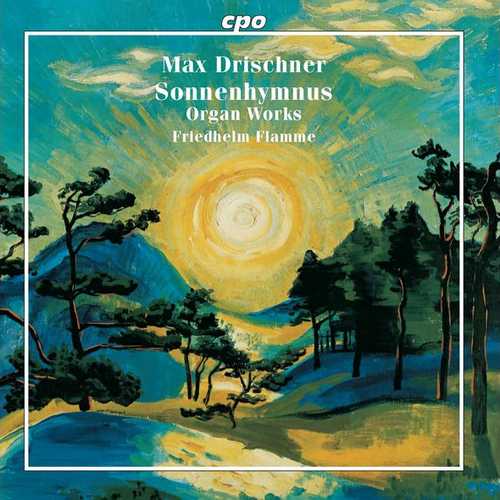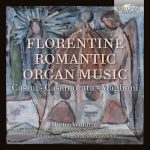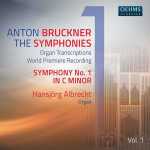
Composer: Max Drischner
Performer: Friedhelm Flamme
Format: FLAC (tracks)
Label: CPO
Catalogue: 555376-2
Release: 2021
Size: 358 MB
Recovery: +3%
Scan: yes
01. Toccata, Adagio & Fuge in A Major
02. Wie schön leuchtet der Morgenstern
03. Wachet auf, ruft uns die Stimme
04. Nordische Volkstonsuite No. 1
05. Lofot-Variationen
06. Nordische Fantasie in A Minor
07. Lobet den Herren den mächtigen König der Ehren
08. Dir, dir, Jehova will ich singen
09. Es ist das Heil uns kommen her
10. Praeludium & Fuge in A Minor
11. Liebster Jesu, wir sind hier
12. Wer nur den lieben Gott lässt walten
13. Sieh, hier bin ich, Ehrenkönig
14. Komm, o komm, du Geist des Lebens
15. Die güldne Sonne voll Freud und Wonne
16. Herr Gott, dich loben alle wir
17. Herz und Herz vereint zusammen
18. Verleih uns Frieden gnädiglich
19. Die Sonn hat sich mit ihrem Glanze
20. Befiehl du deine Wege
21. Fröhlich soll mein Herze springen
22. Schönster Herr Jesu
23. Passacaglia in E Major “Sonnenhymnus”
“Max Drischner’s ‘Neobaroque’ music is best understood when it is viewed in its context shaped by the youth music movement and the organ revival. Drischner wanted to write appealing music that would reach ‘the people’ and receive a positive response from its audiences. The selection of compositions recorded here on a magnificent, richly colored symphonic organ consists of free pieces and pieces set to chorales that can also be played on small organs or in some cases even on the piano. Among the free organ works, the impressive Passacaglia in E major occupies a special place in Drischner’s self-understanding because of his detailed comments on it and his suggestions for interpretation. Its title, Sonnen-Hymnus (Sun Hymn), owes to several factors: Drischner incorporates his experiences of sunrises in the mountains of his native Silesia into it and forms associations with creation hymns such as Psalm 104:27-28 and St. Francis of Assisi’s Canticle of the Sun. Drischner renders this into music based on a theme of eight measures developed from an E major chord and cited a total of thirty-four times. It typically occurs in triple rhythm and is elaborated in various registers, degrees of textural complexity, and forms of rhythmization. Drischner’s chordal doubling of the voices produces a hymnic character in the concluding part, and the registration with cimbelstern bells lends a special radiance to this segment.”



